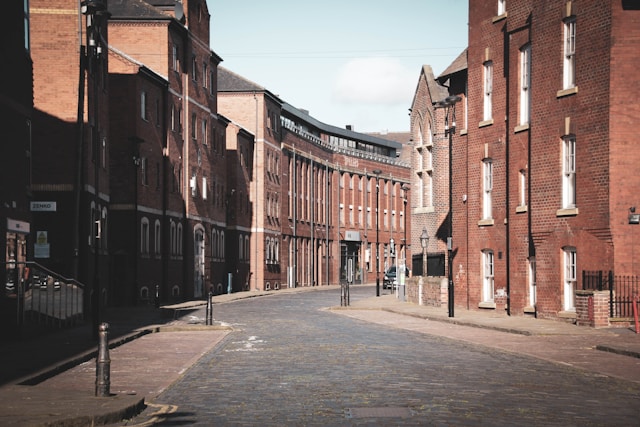The architectural landscape of Victorian-era New Zealand is a rich tapestry woven with diverse influences, including the unique cultural heritage of the indigenous Maori people. While European settlers brought with them their own architectural traditions, Maori influence played a significant role in shaping the built environment of the country during this transformative period. In this article, we embark on a fascinating exploration of the intersection between Maori culture and Victorian-era architecture, uncovering the ways in which indigenous motifs, materials, and design principles left an indelible mark on the architectural heritage of New Zealand.
Maori Motifs in Victorian Architecture
As European settlers established settlements and cities across New Zealand, they encountered a landscape already inhabited by the indigenous Maori people, whose rich cultural traditions included intricate woodcarving, weaving, and tattooing. Inspired by the artistry and symbolism of Maori motifs, Victorian-era architects began incorporating these elements into their designs, infusing buildings with a sense of cultural authenticity and connection to the land. From ornate carvings adorning the facades of government buildings to the incorporation of traditional weaving patterns in decorative elements, Maori influence became an integral part of New Zealand’s architectural vocabulary.
Integration of Natural Materials
In addition to decorative motifs, Maori influence is evident in the use of natural materials and building techniques that reflect a deep reverence for the environment. Victorian-era architects often opted to use native timber, such as kauri and totara, in their constructions, not only for its durability and aesthetic appeal but also as a nod to Maori traditions of sustainable resource management. Furthermore, the incorporation of natural materials such as flax, stone, and pumice in building exteriors and interiors served to further blur the boundaries between European and Maori architectural sensibilities, creating a uniquely New Zealand style that celebrated the country’s cultural diversity.
Maori Meeting Houses and Marae: Symbols of Cultural Identity
One of the most striking manifestations of Maori influence on Victorian-era architecture in New Zealand is the design and construction of Maori meeting houses, or wharenui, and communal spaces known as marae. These structures served as focal points for Maori communities, embodying cultural values, genealogical connections, and spiritual beliefs. While the architectural styles of wharenui vary among different iwi (tribes) and regions, common elements such as intricately carved pou (posts), tukutuku (woven panels), and kowhaiwhai (painted rafters) are indicative of Maori architectural principles that continue to resonate in contemporary New Zealand society.
